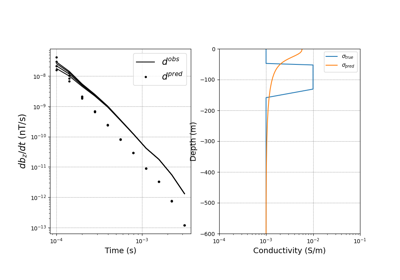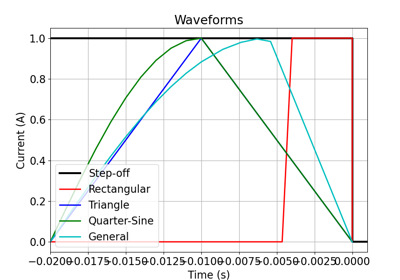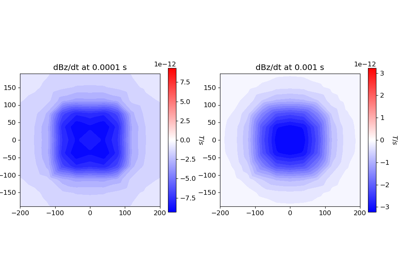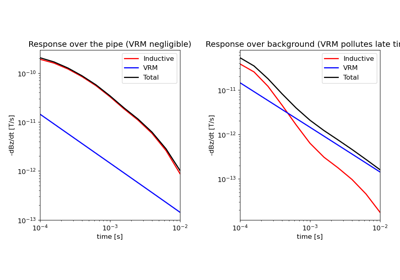simpeg.electromagnetics.time_domain.receivers.PointMagneticFluxTimeDerivative#
- class simpeg.electromagnetics.time_domain.receivers.PointMagneticFluxTimeDerivative(locations=None, times=None, orientation='z', **kwargs)[source]#
Bases:
BaseRxMeasure time-derivative of magnetic flux density at a point.
- Parameters:
- locations(
n_loc,n_dim)numpy.ndarray Receiver locations.
- times(
n_times)numpy.ndarray Time channels
- orientation{‘z’, ‘x’, ‘y’}
Receiver orientation.
- locations(
Attributes
Receiver locations
Number of data associated with the receiver.
Orientation of the receiver.
Time channels for the receiver
Universal unique identifier
Use source-receiver offset.
Methods
eval(src, mesh, time_mesh, f)Project solution of fields to receivers to get data.
evalDeriv(src, mesh, time_mesh, f, v[, adjoint])Derivative of projected fields with respect to the inversion model times a vector.
getP(mesh, time_mesh, f)Returns projection matrices as a list for all components collected by the receivers.
getSpatialP(mesh, f)Get spatial projection matrix from mesh to receivers.
getTimeP(time_mesh, f)Get time projection matrix from mesh to receivers.
Galleries and Tutorials using simpeg.electromagnetics.time_domain.receivers.PointMagneticFluxTimeDerivative#
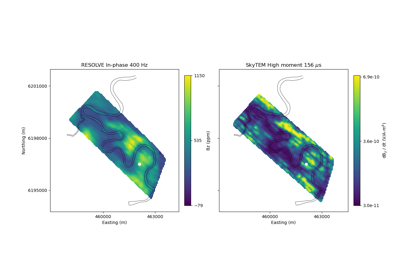
Heagy et al., 2017 1D RESOLVE and SkyTEM Bookpurnong Inversions
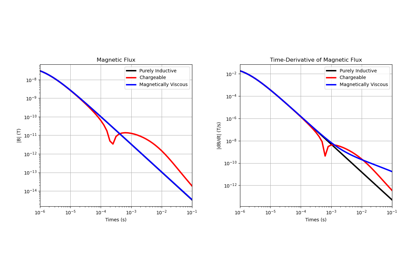
1D Forward Simulation with Chargeable and/or Magnetic Viscosity
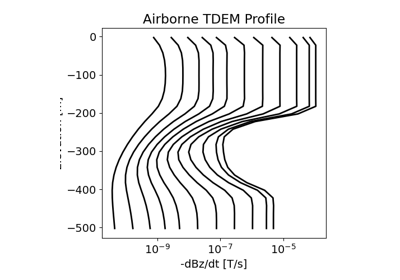
3D Forward Simulation for Transient Response on a Cylindrical Mesh


